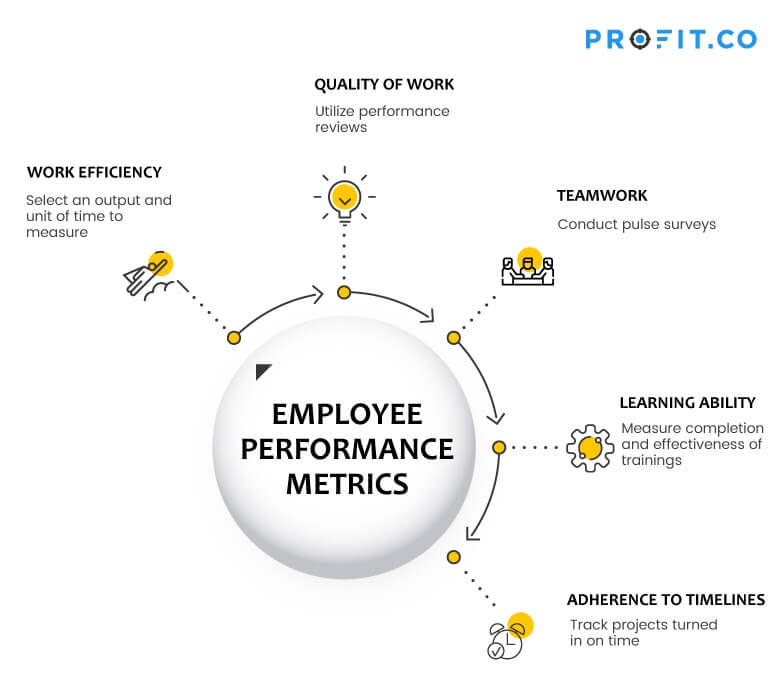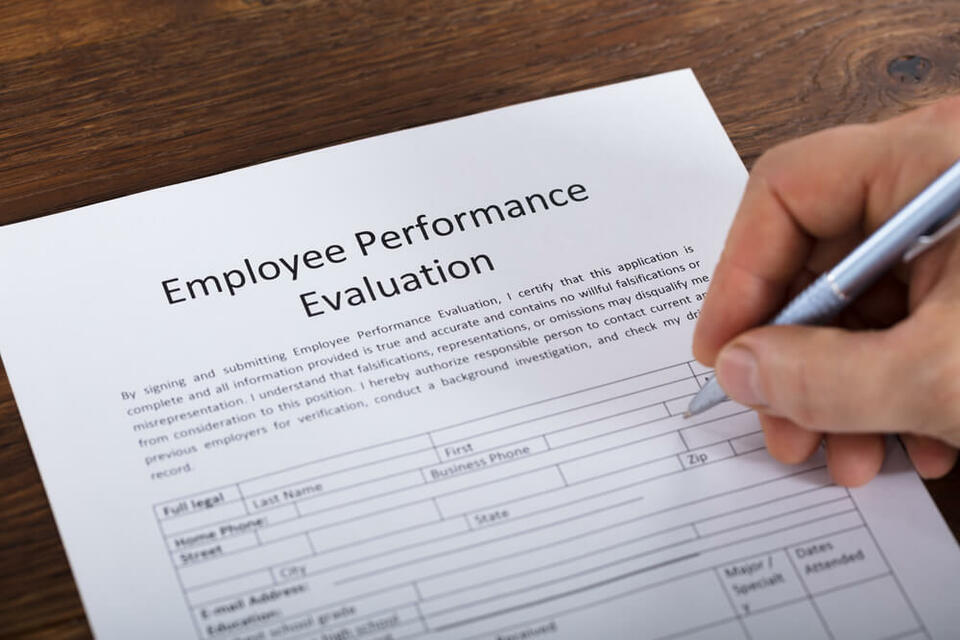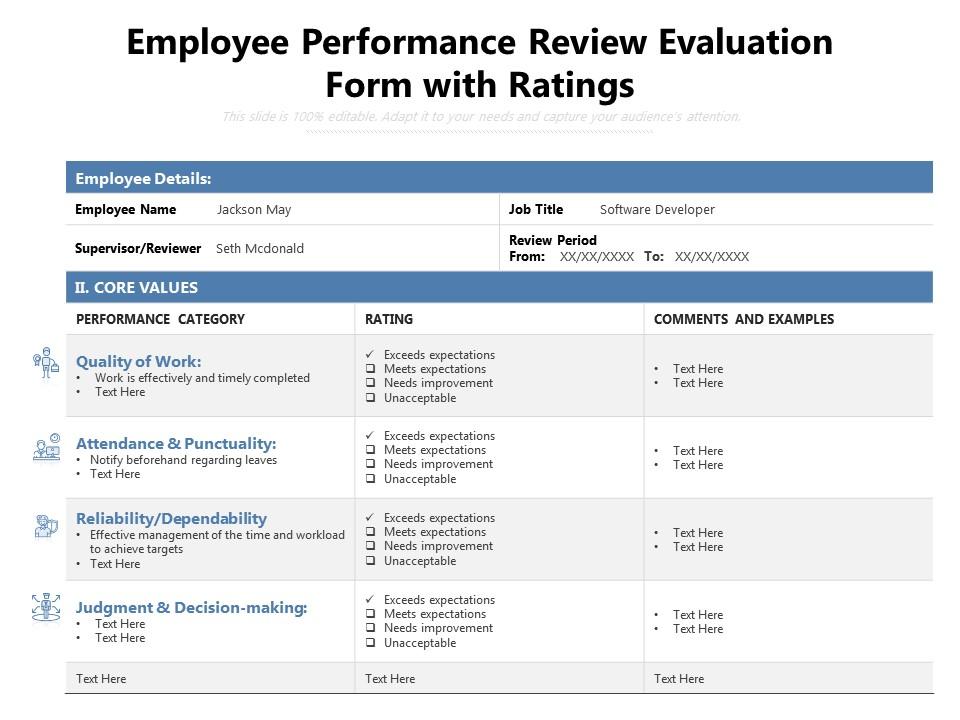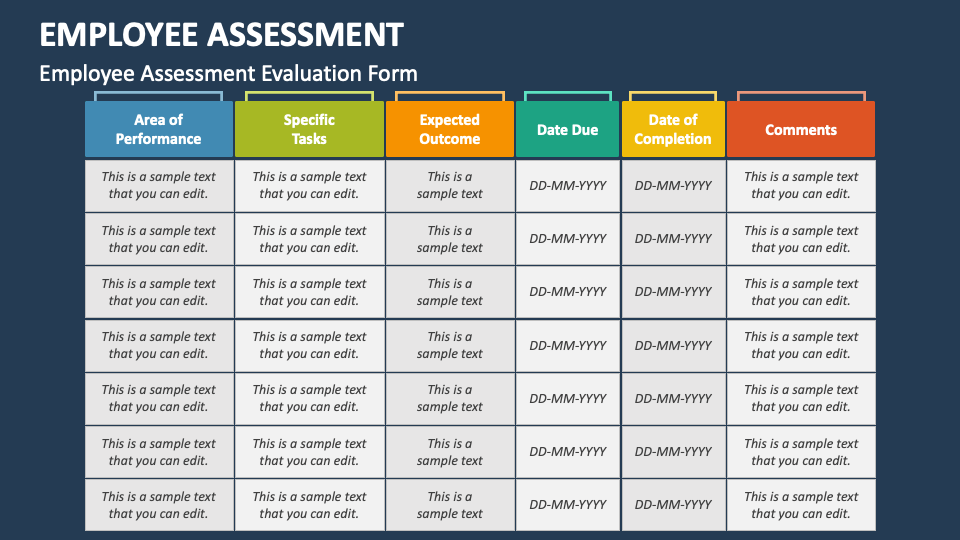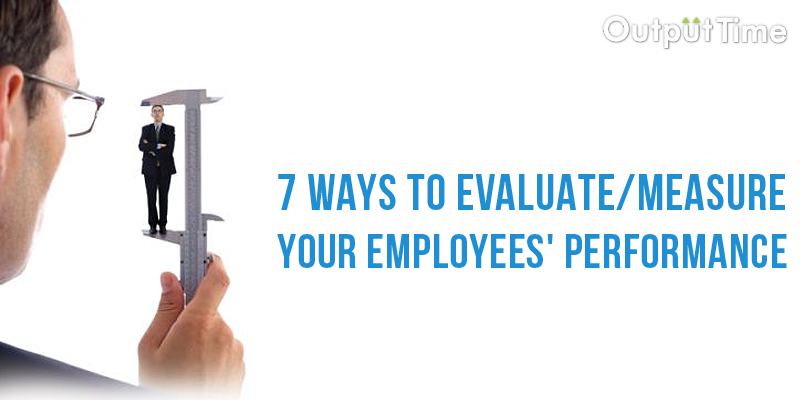How To Assess Employee Performance

Imagine a crisp autumn morning, sunlight streaming through the office windows, the gentle hum of keyboards filling the air. But beneath the surface, a quiet tension often simmers: the question of how each employee truly contributes, how their efforts are measured, and ultimately, how their value is recognized. Performance assessment, a cornerstone of any thriving organization, doesn't have to be a source of anxiety.
This article provides a guide to creating and implementing effective employee performance assessments, exploring the shift from outdated, often dreaded annual reviews to more frequent, constructive, and growth-oriented approaches. We'll delve into key strategies that benefit both the organization and its employees, fostering a culture of continuous improvement and mutual understanding.
The Evolution of Performance Reviews
Traditional annual reviews, often perceived as a burdensome ritual, are increasingly being replaced by more dynamic and continuous feedback systems. The old model, focused solely on past performance, often missed crucial context and failed to provide timely guidance for improvement. This led to disengaged employees and a disconnect between individual efforts and organizational goals.
The modern approach emphasizes ongoing conversations, regular check-ins, and a focus on future development. Instead of solely evaluating past actions, the emphasis shifts to coaching and mentoring, helping employees reach their full potential.
Key Strategies for Effective Assessment
Clear Expectations: Define specific, measurable, achievable, relevant, and time-bound (SMART) goals. According to a 2023 study by Gallup, employees who strongly agree that they understand what is expected of them are more productive.
Regular Feedback: Implement frequent check-ins to provide timely feedback. This allows for course correction and prevents small issues from escalating.
360-Degree Feedback
Gather input from multiple sources, including supervisors, peers, and even subordinates. This provides a more comprehensive view of an employee's performance and identifies potential blind spots.
However, it's crucial to ensure anonymity and a culture of trust to encourage honest and constructive feedback. Unveiling negative feedback may have negative impact.
Focus on Strengths
While addressing areas for improvement is important, it's equally vital to recognize and celebrate employee strengths. Focusing on strengths can boost morale and encourage employees to leverage their talents for the benefit of the organization.
Consider using strengths-based assessments, such as the CliftonStrengths assessment, to identify individual talents and develop strategies for utilizing them effectively.
Performance Improvement Plans (PIPs)
When performance falls below expectations, a PIP can be a valuable tool for improvement. A well-structured PIP clearly outlines performance gaps, sets specific goals, and provides support and resources to help the employee succeed.
However, a PIP should be viewed as an opportunity for growth, not a punitive measure. Regular progress checks and open communication are essential.
The Importance of Technology
Modern performance management software can streamline the assessment process and provide valuable insights. These tools can automate tasks, track progress, and facilitate feedback exchange, freeing up managers to focus on coaching and development.
Furthermore, data analytics can identify trends and patterns in employee performance, helping organizations make informed decisions about talent management and development programs.
Legal Considerations: Ensure that performance assessments are fair, objective, and free from bias. Consult with legal counsel to ensure compliance with all applicable laws and regulations, including anti-discrimination laws.
Creating a Culture of Continuous Improvement
Ultimately, effective employee performance assessment is not just about evaluating individuals; it's about fostering a culture of continuous improvement. When employees feel valued, supported, and empowered to grow, they are more likely to be engaged, productive, and committed to the organization's success.
By embracing a modern, holistic approach to performance management, organizations can unlock the full potential of their workforce and create a thriving, innovative environment. It is about creating a transparent work environment.
As the sun sets on another day, remember that performance assessment is not a destination, but a journey—a continuous process of feedback, growth, and mutual understanding. By embracing this mindset, organizations can transform performance reviews from a source of anxiety into a powerful tool for positive change.


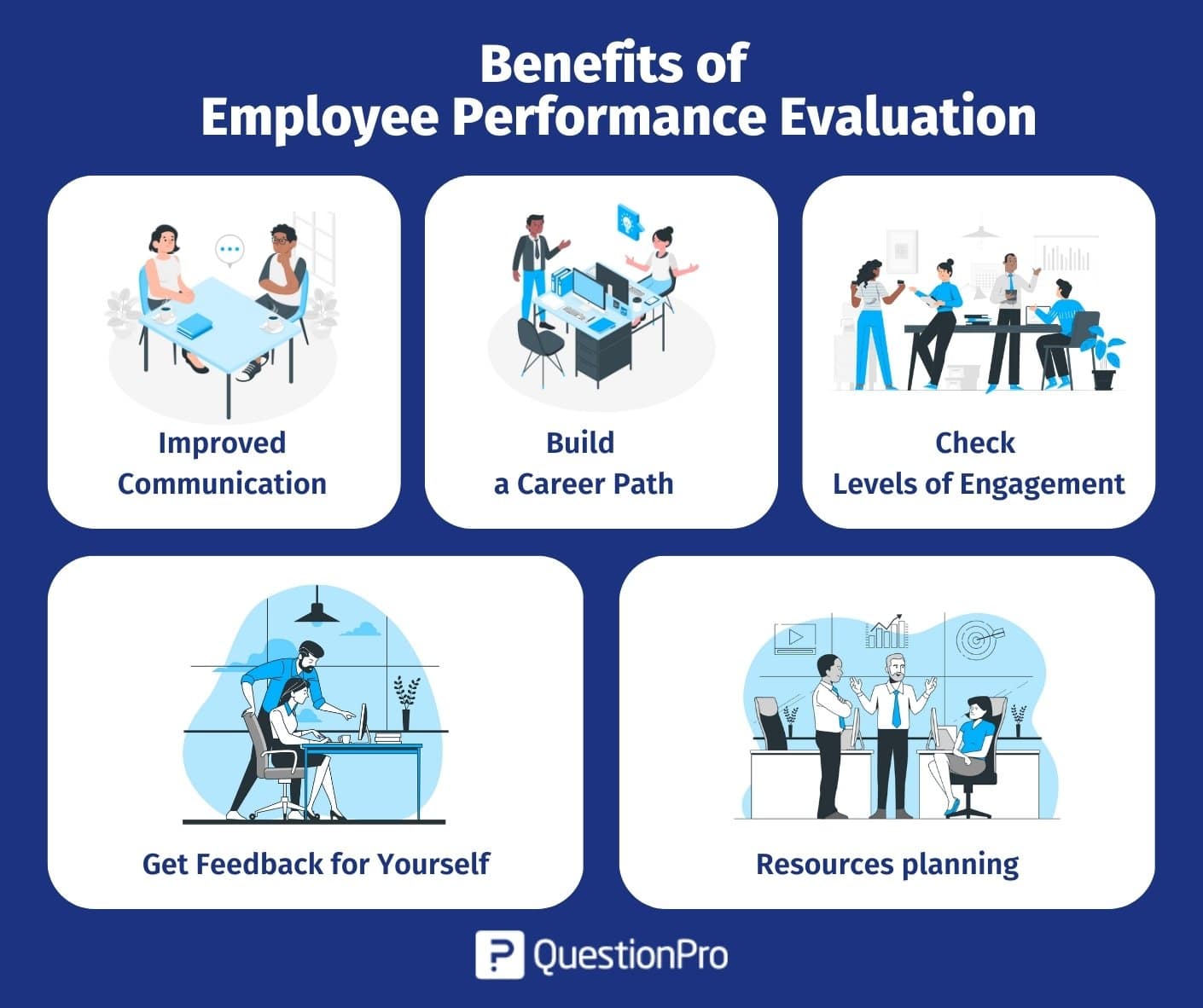
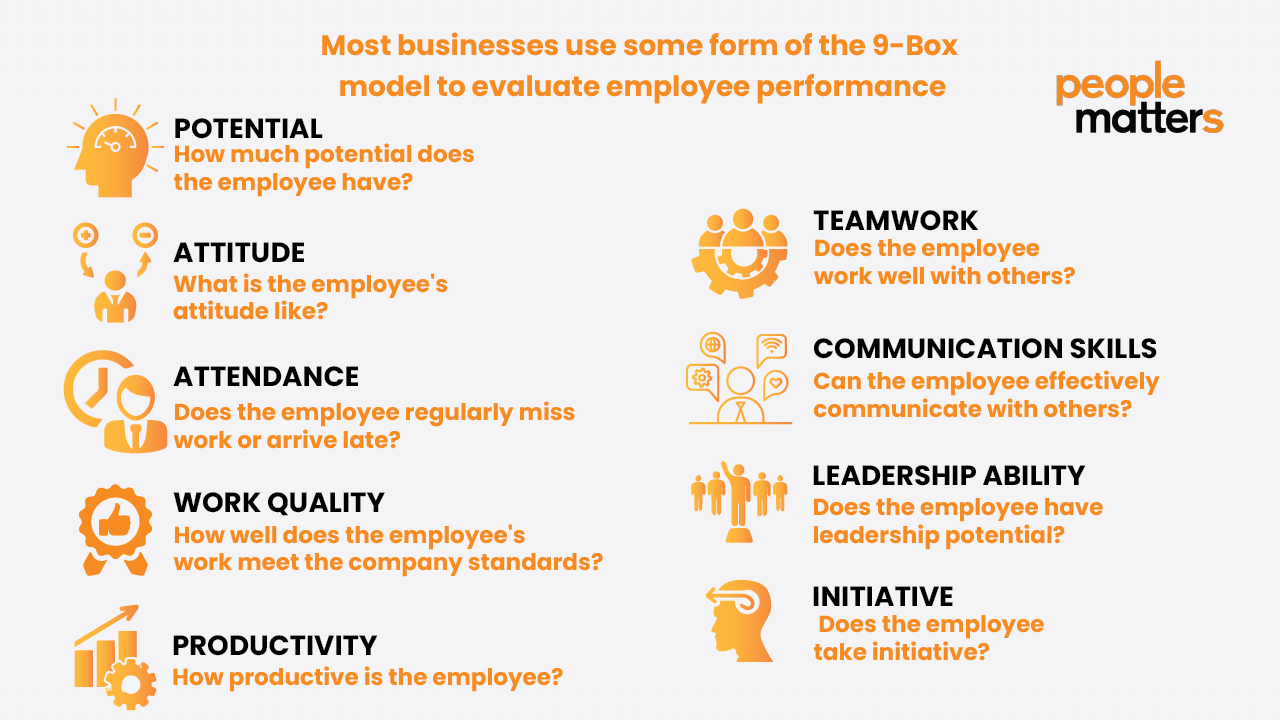
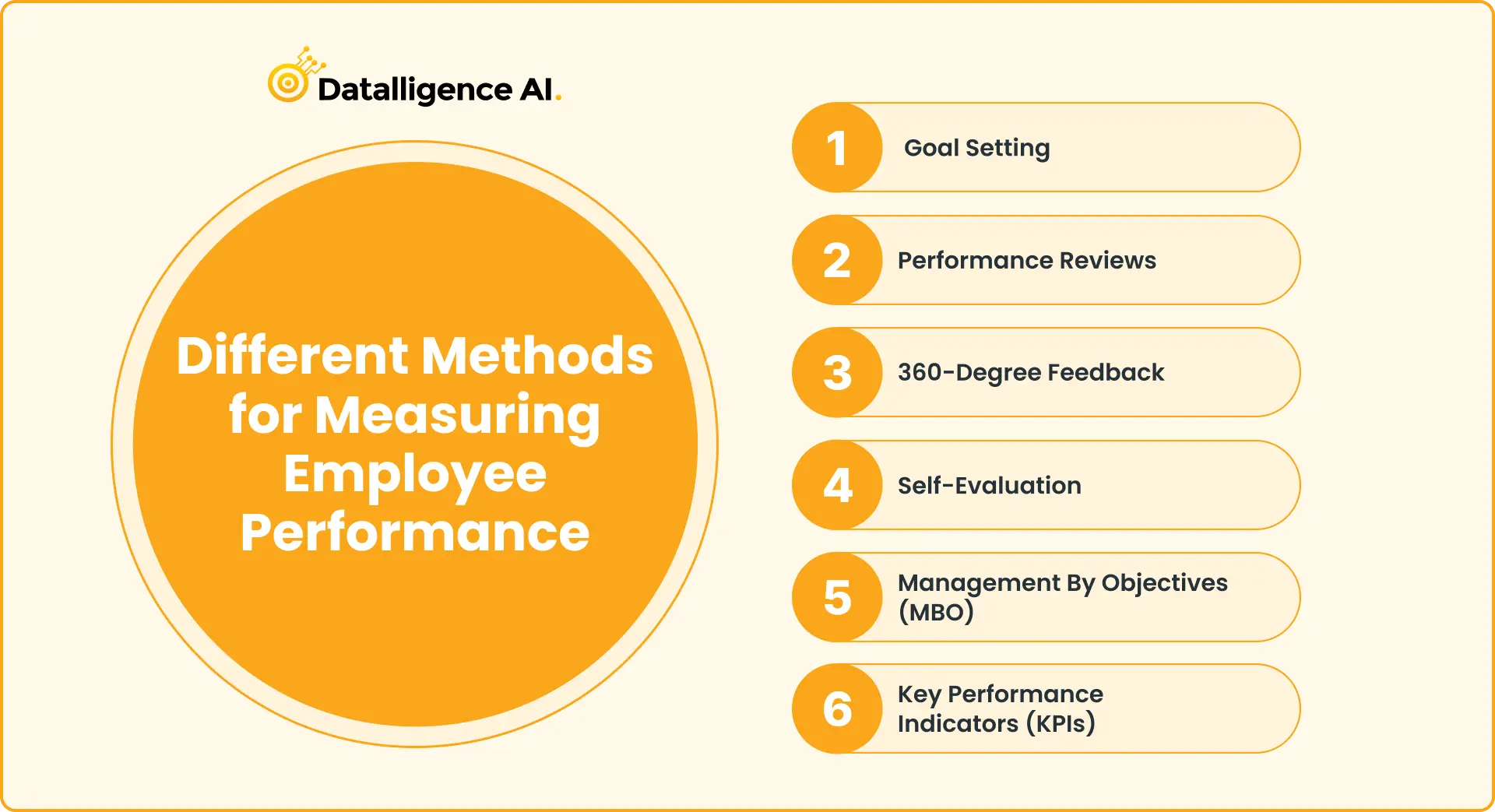

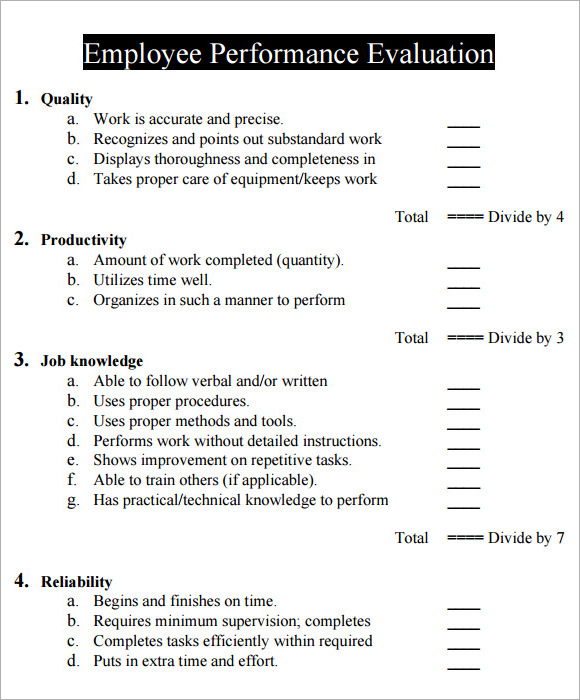

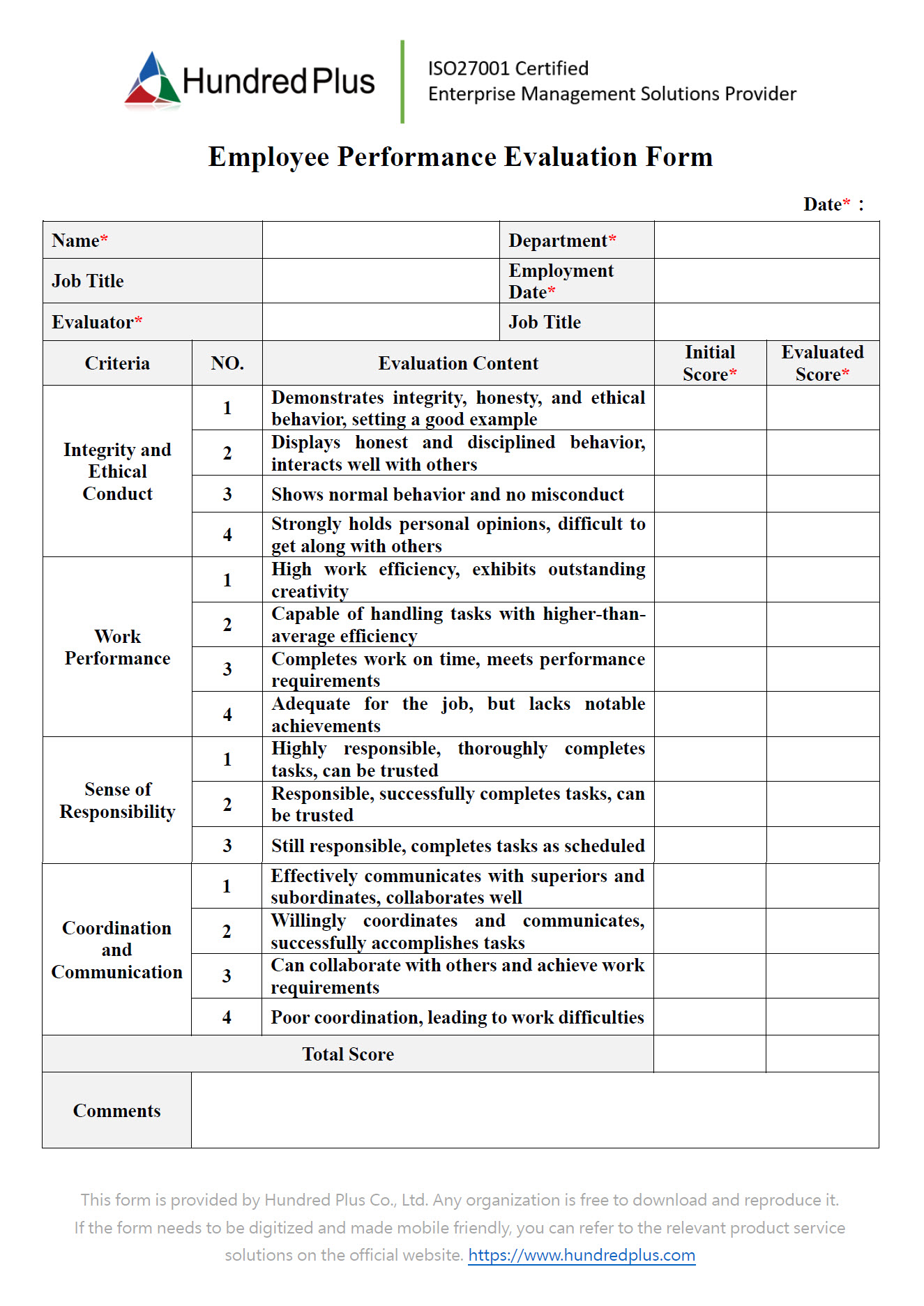
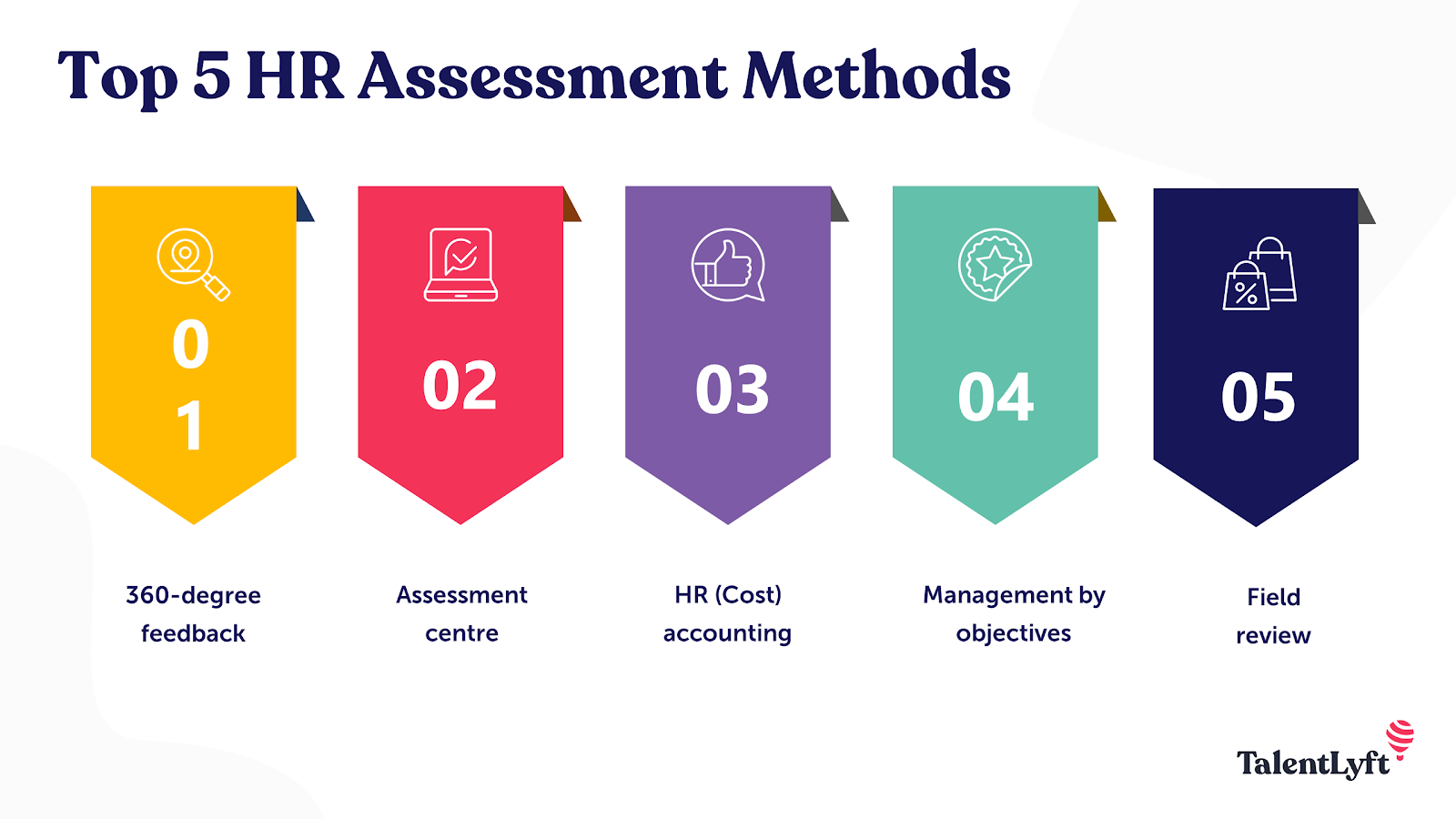
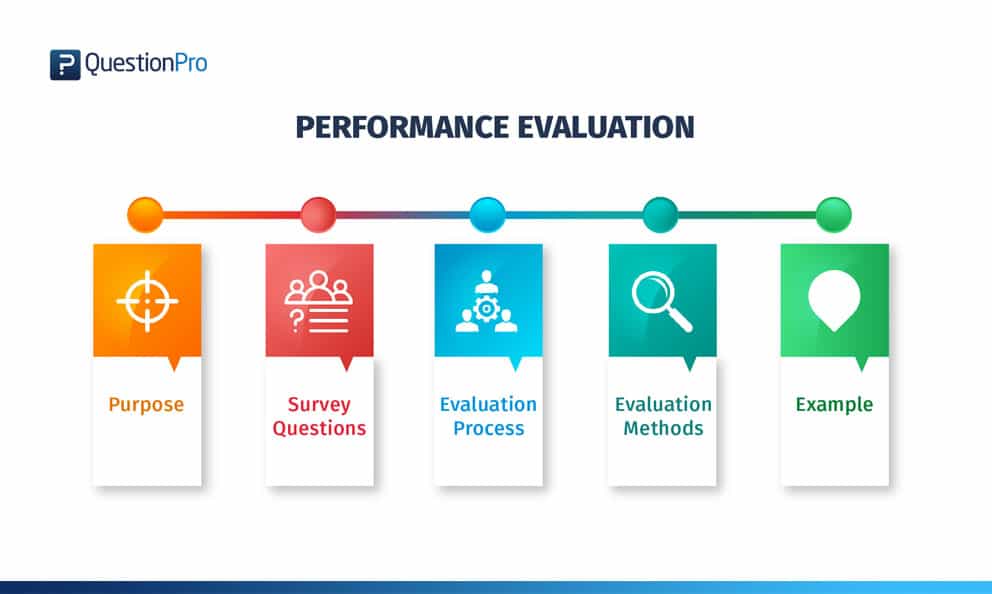
![How To Assess Employee Performance Employee Evaluation Template and Guide [Free Download] - AIHR](https://www.aihr.com/wp-content/uploads/employee-evaluation-form-excel.png)
